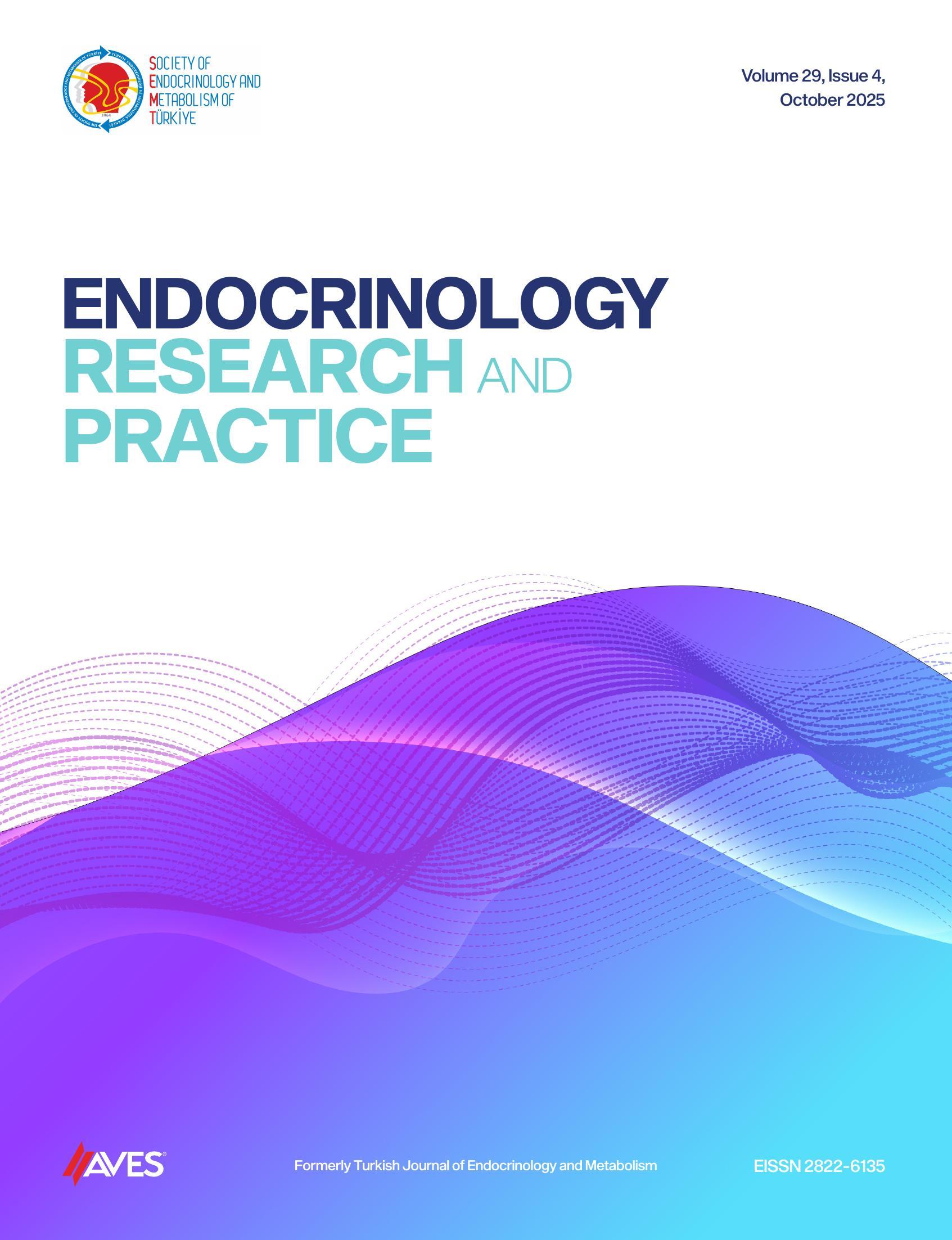Pregnancy is a period in which the anatomy and physiology of the pituitary gland change significantly. Normal pituitary gland functions are necessary for fertility and the continuation of pregnancy. The presence of a pituitary disease requires management with a multidisciplinary approach to protect the health of the mother and fetus, and it is recommended that these patients become pregnant in a planned manner. Treatment should be considered before pregnancy for pituitary adenomas with a risk of growth. Non-contrast magnetic resonance imaging (MRI) may be performed safely during pregnancy, but the ideal approach is to postpone the MRI until after the birth if possible, and if it is not possible, to take it without contrast. If there are no signs of compression in pituitary adenomas, no treatment is necessary during pregnancy. However, due to increased fetal and maternal morbidity and mortality in Cushing’s disease, treatment is necessary even if there is no compression. In the presence of compression findings, dopamine agonists can be used in all types of pituitary adenomas. Surgery may be performed in the second trimester for pituitary adenomas that cause compression unresponsive to medical treatment and for Cushing’s disease. In pregnant women with pituitary insufficiency, replacement doses should be adjusted according to the gestational week. The diagnosis and treatment of pituitary diseases in this period is more complex and specific than in the nonpregnant period and require a multidisciplinary approach.
Cite this article as: Urhan E, Karaca Z. Pregnancy and pituitary diseases. Endocrinol Res Pract. 2024;28(2):121-129.

-1(1).png)

.png)